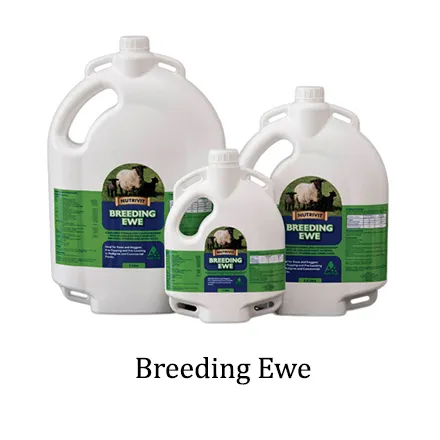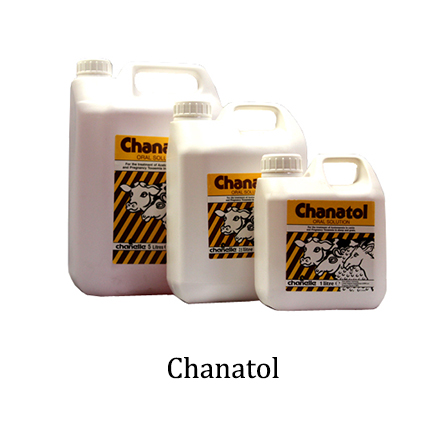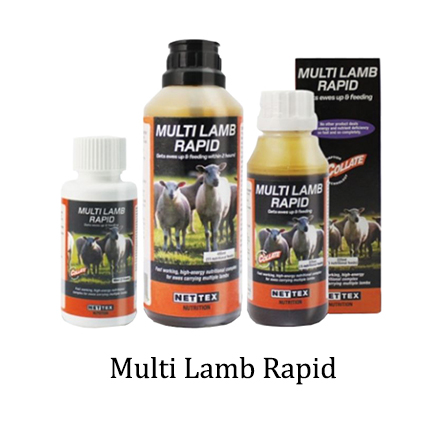
With February looming, Agridirect.ie discusses the threat Twin Lamb Disease and outlines some measures we can take to prevent or treat it.
These are important days in the sheep-farming calendar. On many farms, ewes are entering the last 6-8 weeks before lambing. As we prepare for the sleepless nights to come, it is important to remember that good preparation can save us a lot of trouble down the line. Lamb and ewe survival rates can be safeguarded by ensuring our animals are getting adequate nutrition; and by monitoring the flock closely for signs of pending illness. Among the illnesses that we must keep an eye out for as we enter February is Pregnancy Toxaemia, otherwise known as Twin Lamb Disease.
Twin Lamb Disease: what is it?
Pregnancy Toxaemia, or Twin Lamb Disease, is a common metabolic illness affecting ewes bearing two or more lambs. The growing lambs place extreme pressure on the pregnant ewe’s energy and nutrient stores. In many cases, this causes a drop in the ewe’s blood glucose levels as she enters the final weeks of her pregnancy. With her blood glucose low, the ewe’s body begins to burn away her back fat for energy. This fat, in turn, is processed by the liver.
However, the liver struggles to break down fat. When it can’t cope with the volumes of fat it is burning through, chemicals called ketones are produced. These are highly toxic to both the ewe and her lambs. If not treated, Pregnancy Toxaemia can lead to death within 12 hours of the onset of symptoms.
What causes Twin Lamb Disease?
When it comes to identifying causes for the onset of Twin Lamb Disease, nutrition is always the key. A lack of good quality feed will cause Twin Lamb Disease, and this is why it is crucial that ewes have access to plenty of hay or silage, as well as feed concentrates and mineral supplements, at this time of year.
However, other general illnesses also render the onset of TLD more likely. Animals suffering from foot rot or orf, for instance, will struggle to keep their body condition score at a healthy number, and this will leave them prone to developing TLD.
Aside from this, it is a good idea to scan your ewes to identify those that are bearing twins or triplets. These ewes should be given priority in terms of access to feed and good bedding, as the additional lambs will place increasing strain on their bodily reserves as they near lambing.
Recognising Twin Lamb Disease
The symptoms of Twin Lamb Disease are broadly similar to other metabolic diseases. Watch out for ewes that become isolated from the rest of the flock a few weeks before their due date, as this is often a tell-tale sign. Animals suffering from TLD may suddenly lose their appetite, and remain aloof of the troughs at feeding time. As the illness progresses, ewes will lie down and be incapable of rising when approached. They will appear drowsy, dull or even blind, and have sweet-smelling breath.
Treatment
As mentioned above, preventative measures are always important when it comes to TLD. Close monitoring of the flock and provision of adequate feed and supplements is essential in this respect. Provision of supplementary concentrates with a protein content of 18%, for 6-8 weeks before lambing, will help to reduce the risk of disease. In terms of supplements, I would recommend a dose with Breeding Ewe about 6 weeks before lambing.
If a ewe is exhibiting symptoms of Twin Lamb Disease, you need to act quickly. The disease is best treated using a glucose drench that contains propylene glycol. Among these, Chanatol is a well-known and effective option, and will help to replenish blood glucose levels rapidly. The drench should be administered every 6-12 hours as needed.
Other drenches on the market have been specially designed to treat Twin Lamb Disease and have a strong track record of saving ewes if administered in time. Collate Multi Lamb is one such product that has received favourable reviews from farmers.
It is important to ensure that the sick ewe is housed until she has recovered, as weather conditions at this time of year may lead to the onset of pneumonia. Ensure that she has plenty of good quality feed – preferably hay and feed concentrates, as well as clean water.














